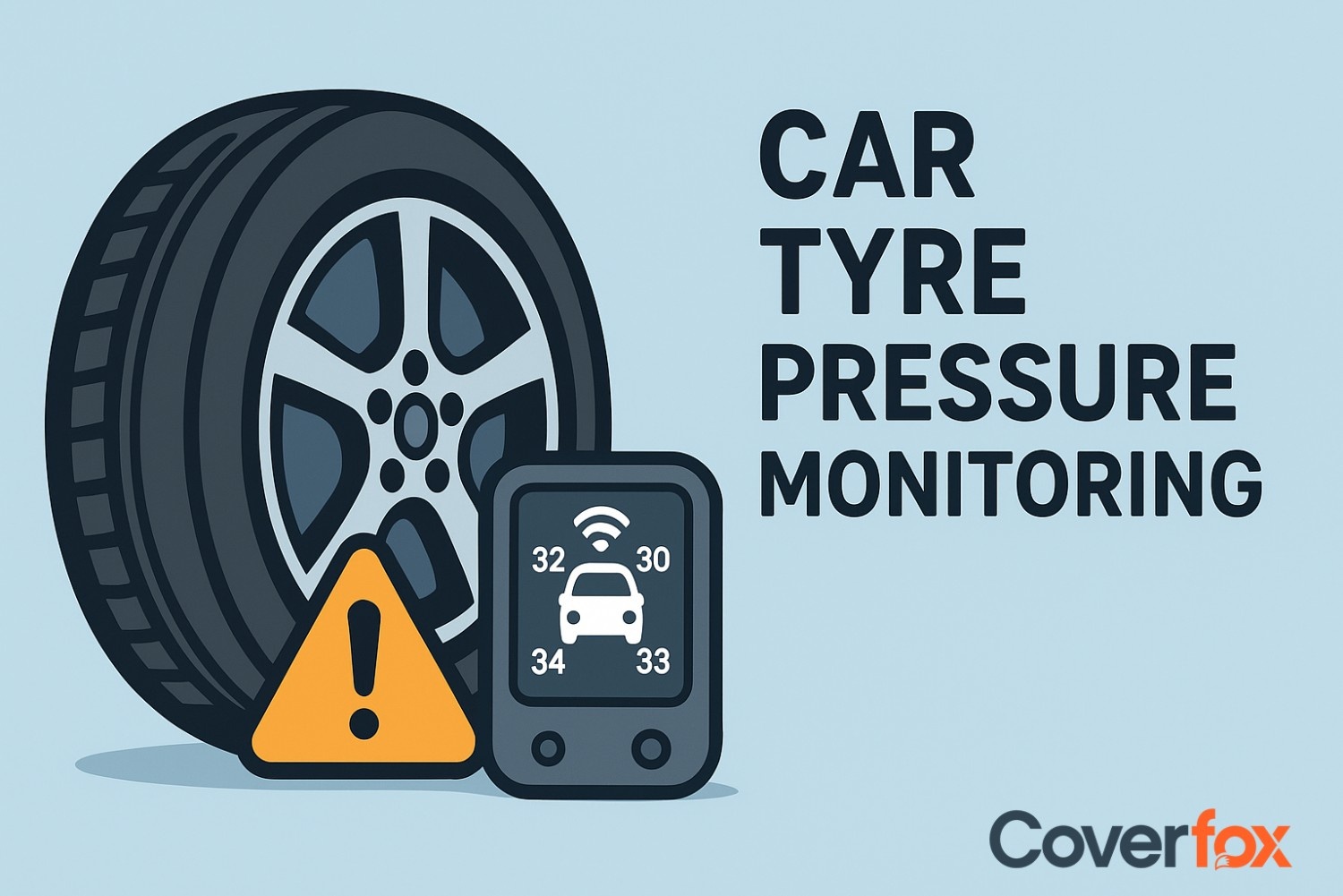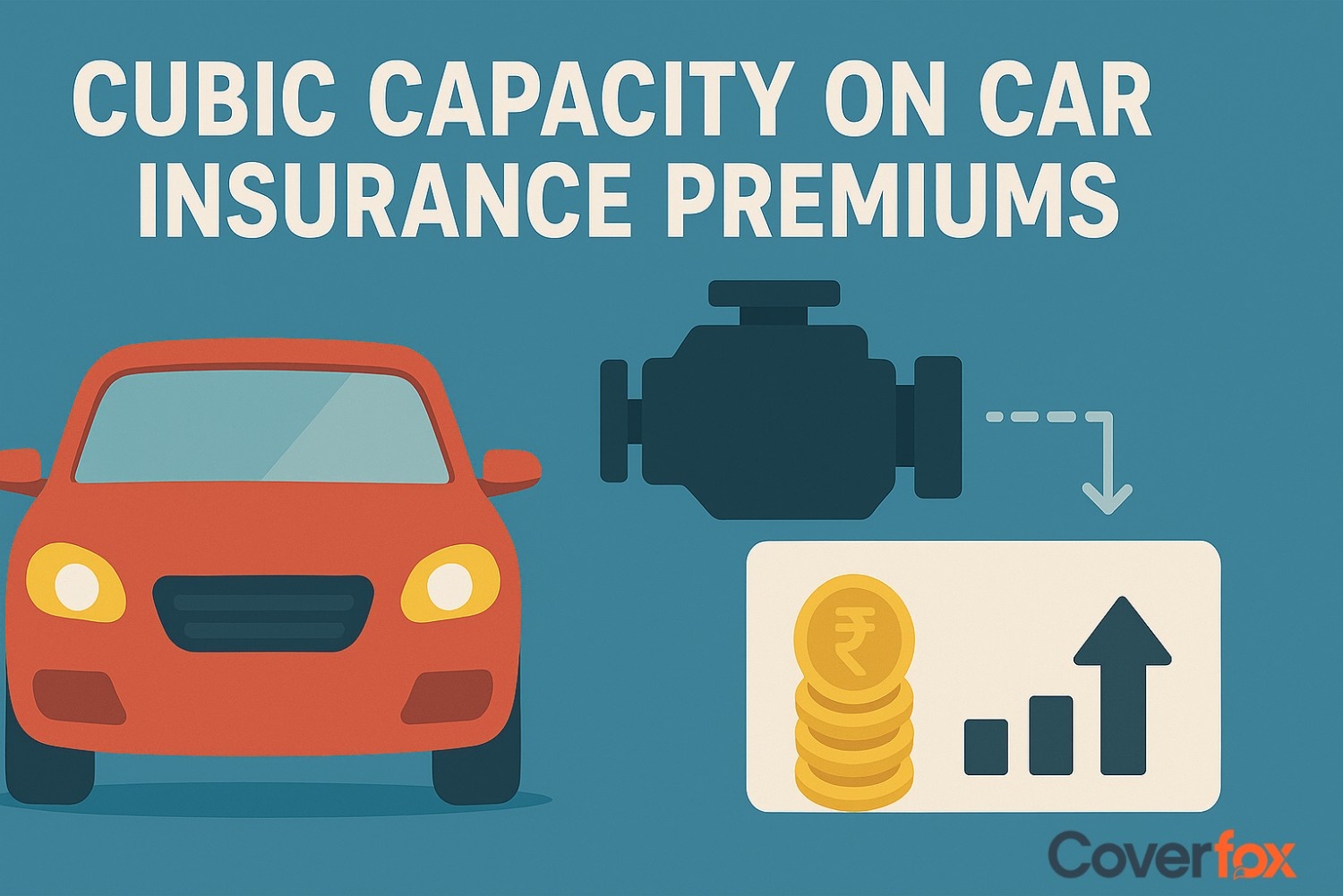The car dashboard symbols have evolved since the 19th century. Their primary reason was to aid or indicate the driver while driving an automobile. These symbols have evolved as per the need to alert or inform the driver the status and condition of their vehicle while driving.

These symbols are a combined effort of the automobile industry to ensure safety and communication to consumers beyond sales and the ADAS system.
Dashboard Warning Light Colors & What They Signify
Majority, there are red, yellow and green colour indicator symbols which you can see on the car dashboard. These are lit when the computer’s Electronic control unit (ECU), flags an inconsistency or default in a working system. In traditional cars, these warning signs are present in the dashboard and they light up during the ignition of the car. Gradually they fade after a few minutes of ignition. If few symbols remain, it is necessary to know and understand what they stand for. Let us understand these symbols and their significance with the help of the list below.
Common Car Dashboard Symbols and Warning Lights
The below list of car dashboard symbols and warning lights will help you recognize and understand what is to be done when you see these symbols:
1. Battery Charge Warning Light
This light symbol usually looks like a battery symbol and illuminates when the charging system isn’t working properly. The possible causes are as follows:
- Failing alternator
- Broken or loose alternator belt
- Corroded or loose battery terminals
- Dead battery
What to Do: Stop the vehicle in a safe place and avoid using electrical accessories. Get your car checked by a mechanic immediately.
2. Hand Brake Warning Light
This symbol typically resembles a circle with an exclamation mark or a "P". If It Stays On After Releasing the Handbrake:
- The handbrake may not be fully released.
- Low brake fluid levels
- Brake system issues
What to Do: Ensure the handbrake is fully released. If the light remains on, check brake fluid levels or consult a mechanic.
3. Windshield Washer Fluid Light
This indicator looks like a windshield with dotted spray lines. It indicates the washer fluid reservoir is low. If It stays on after refilling the reasons are as follows: Faulty washer fluid sens or Electrical connection issues.
What to Do: Confirm you’ve used the right fluid and topped up correctly. If the light persists, get the system inspected.
4. Low Fuel Indicator Light
This light, often resembling a fuel pump icon, means your fuel level is critically low.
What to Do: Refuel as soon as possible. Driving with low fuel can damage your fuel pump or leave you stranded.
5. Engine Temperature Warning Symbol
Usually appears as a thermometer dipping into water. It indicates the engine is overheating.
What to Do: Pull over safely, turn off the engine, and let it cool. Check coolant levels. Do not open the radiator cap while hot. Seek mechanical help if needed.
6. Engine Oil Pressure Warning Symbol
This light resembles an oil can. It indicates low oil pressure in the engine.
What to Do: Stop the vehicle immediately. Check oil levels and add oil if necessary. If the light remains, do not drive the car- call a mechanic.
7. Tyre Pressure Warning Symbol
It is depicted as a flat tyre with an exclamation mark. Also, it indicates that one or more tyres are under-inflated.
What to Do: Check and inflate all tyres to the recommended pressure. If it persists, inspect for punctures or TPMS faults.
8. Check Engine Warning Symbol
This symbol is often shown as an engine block outline. It indicates a problem with the engine or emissions system. The possible causes might be a loose gas cap, faulty oxygen sensor, or Engine misfire.
What to Do: If flashing, stop immediately—it may signal engine damage. Otherwise, get a diagnostic scan done soon.
9. Engine Service Symbol
It is usually labelled “SERVICE” or "SERVICE ENGINE". Which indicates that scheduled maintenance is due or a fault has been detected.
What to Do: Refer to your service manual and book a service appointment promptly.
10. Anti-lock braking System (ABS) Warning Light
The Anti-lock braking system warning light is displayed as “ABS” in a circle. It indicates a malfunction in the anti-lock braking system.
What to Do: Normal brakes may still work, but ABS won’t function. Have it checked soon, especially in wet or slippery conditions.
11. Automatic Shift Lock Symbol
This sign appears as a foot pressing a pedal or a lock symbol. It indicates that you must press the brake to shift out of park, or there is a fault in the shift lock system.
What to Do: Press the brake pedal fully. If the light remains, have the system checked.
12. Seatbelt Reminder Warning Symbol
This symbol is displayed as a figure with a seatbelt. It indicates that one or more seatbelts are not fastened.
What to Do: Buckle up to stop the warning. In some vehicles, it may also warn about rear passengers.
13. Airbag Warning Symbol
It shows a person with a circle (airbag) in front. This indicates a fault in the airbag or supplemental restraint system.
Why Important: Airbags may not deploy during an accident. Have the system checked immediately.
14. Traction Control Symbol
It looks like a car with squiggly lines beneath. Which indicates that the traction control is active or there is a fault.
What to Do: If it stays on, the system may be disabled. Get it checked if the roads are slippery or you notice poor handling.
15. Power Steering Warning Symbol
This symbol may appear as a steering wheel with an exclamation mark. This indicates a power steering system fault.
What to Do: Steering may become heavy. Avoid driving and get it checked to prevent loss of control.
Why Should You Never Ignore Dashboard Warning Light?
The dashboard warning light is designed to communicate with you the urgent or necessary needs of your vehicle. A timely solution of a dashboard warning indicator will prevent your car from working abnormally.
Ignoring dashboard warning lights can lead to serious mechanical failures, costly repairs, and compromised safety. These lights are your car’s way of alerting you to problems that need immediate or timely attention. Driving with unresolved warnings can damage critical systems or leave you stranded. Always act promptly to ensure safe and reliable vehicle operation.
Preventive Measures to Avoid Warning Lights
Regular vehicle maintenance and timely care can help prevent most dashboard warning lights from appearing, ensuring your car runs smoothly and safely. Staying proactive not only saves you from costly repairs but also keeps you and others safe on the road. Below are the key Preventive Tips:
Check and Top Up Fluids Regularly
Monitor engine oil, coolant, brake fluid, and windshield washer levels.
Maintain Proper tyre Pressure
Inspect tyres monthly and inflate them to the recommended levels.
Follow Scheduled Servicing
Adhere to your vehicle’s service intervals for oil changes, filters, and inspections.
Replace Worn Parts Promptly
Change belts, brake pads, and batteries before they fail.
Keep Electrical Systems Healthy
Avoid leaving lights or accessories on when the engine is off to protect the battery.
Final Thoughts
We have been through an overview of how dashboard warning lights work and a what-to-do guide. It is very important to pay attention to the important warning signals as well as to remember what they mean. Some of the symbols and warning lights which should never be ignored are as follows: Engine Oil Pressure, Engine Temperature, Battery Charge, Brake System, ABS, Airbag, Flashing Check Engine, and Power Steering. Understanding your car's revving, and listening to your engine and transmission system will help you take care of your vehicle over the long run. Purchasing your car insurance online will help you save your time, money(by comparing policies) and efforts to find a good insurance fit for your vehicle.
Read More:
Top Cars With the Best Infotainment System in India
How to Transfer Your Car Insurance Policy
Frequently Asked Questions
Which sort of warning indicators are serious?
Red warning lights (e.g., engine oil pressure, brake system, engine temperature) are the most serious and usually require immediate action to avoid damage or danger.
How can I reset the dashboard warning lights?
Warning lights often reset automatically after fixing the issue, but some may require an OBD-II scanner or a manual reset through the car’s settings-refer to your vehicle manual.
Do warning lights differ for different cars?
Yes, while many warning lights are standardized, some symbols and their functions may vary slightly between manufacturers and models. Check your car’s manual.
What is meant by ‘hazard car lights’?
Hazard lights are flashing indicators on all four corners of the car used to signal an emergency or warn other drivers of a stationary or slow-moving vehicle.
Can I drive my car with a check engine warning light?
If the light is steady, you may drive cautiously and get it checked soon; if it’s flashing, stopping immediately indicates a serious issue like a misfire that can damage the engine.
Why is the tyre pressure monitoring system (TPMS) light on?
The TPMS light comes on when one or more tyres are under-inflated or over-inflated; check and adjust your tyre pressure as per your car’s specifications.
What to do if any indicator light continuously flashes?
Flashing warning lights usually indicate an urgent issue over safety and consult a mechanic or your vehicle's manual right away.
What does the car sliding icon mean?
This icon signals that the Traction Control System (TCS) or Electronic Stability Control (ESC) is active or there’s a fault-drive cautiously, especially on slippery roads.
What does the coolant temperature warning light signify?
It means your engine is overheating due to low coolant, a faulty thermostat, or a radiator issue—stop the vehicle and let the engine cool before checking.
What to do if the engine temperature warning sign pops up on my car's dashboard?
Immediately pull over, switch off the engine, and allow it to cool; check coolant levels and avoid driving further until the issue is resolved.
Why does the ABS symbol illuminate when I switch on the ignition?
It’s normal for the ABS light to briefly appear at ignition and should turn off shortly after; if it stays on, there’s a problem with the anti-lock braking system.





